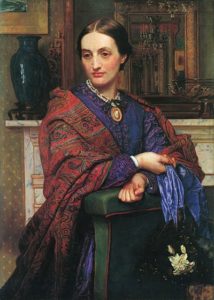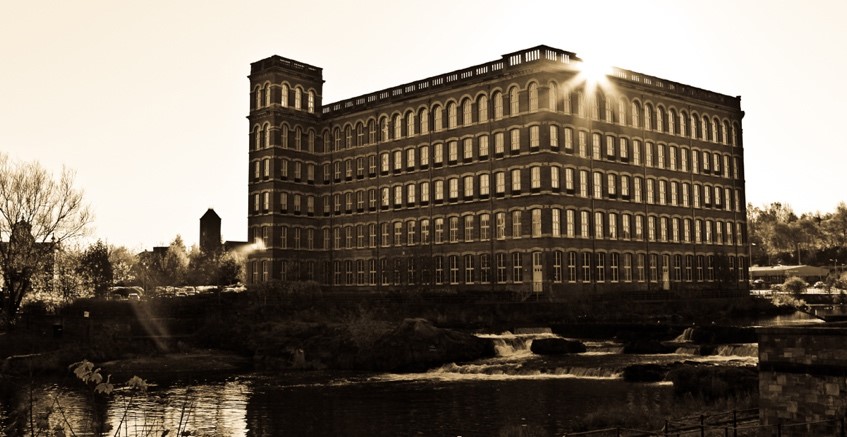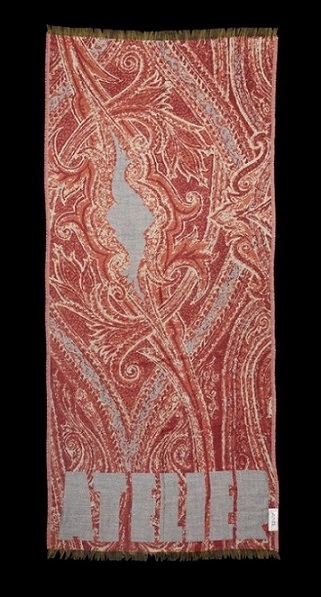From the Pre-Raphaelite to the Swinging Sixties, the Paisley pattern has been synonymous with luxury fashion and on trend-textiles for over 200 years, but the history of its ‘Paisley’ origins might surprise you.

© William Holman Hunt
First seen in Great Britain in the mid 18th century, the butã (pronounced bu-teh) pattern shawl was brought to British shores by the East Indian Trading Co. via the silk routes from the Kashmir region of India as a luxury textile gift. The symbol of the butã is a representation of a floral spray which has associations with Zoroastrian representations of life and fertility, as the pattern weaves and repeats in rich and luxurious wefts of colour. The history of this symbol being used for wearable fashion textiles within Asia is seen as early as the 17th century, but its design most probably originated as a spiritual symbol in the Neo-Persian Sassanid Empire, which ruled over much of modern-day central Asia between 224 to 651 AD.
The popularity of the pattern as a symbol of fashionable, exotic luxury was soon adopted across the Western hemispheres, notably in the United States amongst quilt makers who gave the pattern the comical moniker Persian pickles!
But, what of the relationship between the butã and Paisley? And why do we now refer to it as a ‘Paisley’ print?

The strong relationship between the small Scottish town and the enormous history of the oriental symbol is rooted in the industrial epicentre of textile manufacturing during the 19th century, which was of course Paisley! The first mills in Paisley were established in 1812 by the Clark brothers, who pioneered selling cotton thread for domestic sewing. Businessman James Coats soon followed suite, and opened Paisley’s second rival mill in 1826.
As a result of the Napoleonic Wars across the French Empire between 1803-1815, the trade of these luxurious woven fabrics from the Middle East was greatly disrupted. As well as this, many of Paisley’s skilled weavers were left unemployed as a result of disrupted shipments. As fate would have it, lore tells us that due to these disruptions, a small Edinburgh mill named Paterson’s called on the skill of Paisley’s silk weavers to help complete an order of patterned shawls. The idea was adopted by Clark and Coats and the rest was, as they say, history!

HC2018.18
The unique Scottish heritage of a Middle Eastern tradition has been revived and re-examined by Atelier E.B, a duo comprised of textile designer Beca Lipscombe and artist Lucy McKenzie. Atelier E.B are interested in the history of motifs and the overlaps between art, history, commerce and display. Placing art and design on equal footings, the duo produces ethically responsible avant-garde fashion pieces.
Held at the University of St. Andrew’s Boswell Collection, Paisley Scarf is an exploration into the effect of the commerce which the Paisley pattern influenced and later declined in Scotland. By placing a bold branded text at the bottom of the Scarf, the designers explore the consequence of a pattern cut short, representing the disruption and suffering the Paisley economy faced when woven textiles fell out of fashion. The pattern is richly coloured with traditional red and amber threads and emulates a contemporary take on a traditional form.
If you can’t take your eyes off these Paisley prints,
Please see Atelier E. B’s website for more information at
www.ateliereb.com
Words by Grainne Fellowes